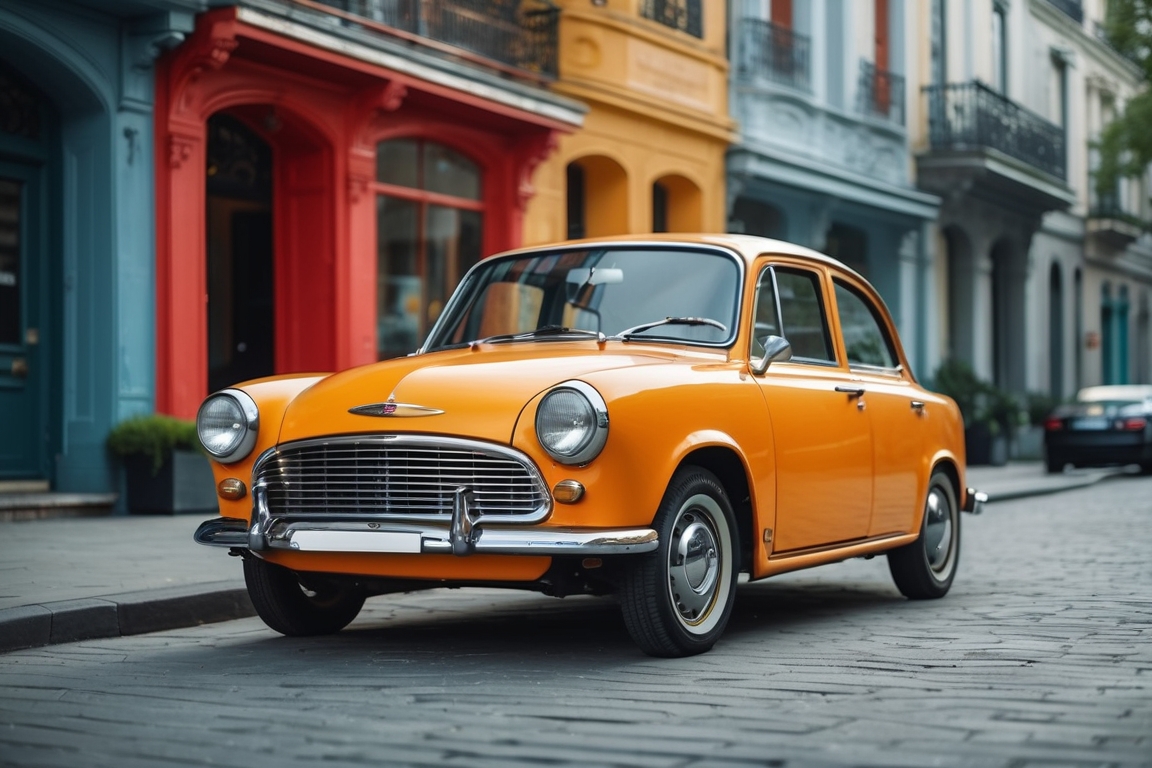When you pick a car, you’re making more than just a practical decision—you’re expressing yourself. Whether you realize it or not, the color of your vehicle can reflect aspects of your personality, lifestyle, and even subconscious preferences. Auto manufacturers and psychologists alike have studied the psychology of car colors, revealing that your vehicle’s shade may say a lot about who you are, how you drive, and how others perceive you.
In this article, we’ll explore what different car colors mean, how they affect resale value, and whether your car color influences safety and visibility on the road.
1. What Does Your Car Color Say About You?
Each color carries psychological significance, and your choice can often reflect your personality, habits, and even your mindset behind the wheel.
Black: Power and Sophistication
If you drive a black car, you likely value elegance, prestige, and control. Black is a favorite among luxury brands like Mercedes-Benz and BMW because it conveys authority and sophistication. People who choose black cars tend to be confident, serious, and sometimes even a little mysterious.
White: Clean and Modern
White cars are often associated with purity, simplicity, and a modern outlook. It’s a common choice for those who prefer cleanliness and organization. Many tech-savvy individuals and professionals lean towards white vehicles because they exude a sense of precision and minimalism.
Silver and Gray: Practical and Balanced
Silver and gray cars are all about practicality and stability. If you drive a silver car, you likely enjoy innovation and technology, as this color is often linked to futurism (think of high-tech gadgets and stainless steel appliances).
A gray car, on the other hand, suggests maturity, responsibility, and a preference for subtlety over flashiness.
Red: Bold and Passionate
A red car screams energy, confidence, and excitement. If you own a red vehicle, you might enjoy standing out, taking risks, and making a statement. Studies show that red car owners are often more extroverted and passionate about life.
Blue: Trustworthy and Dependable
Blue car owners are seen as calm, trustworthy, and level-headed. Dark blue suggests a sense of confidence and professionalism, while light blue reflects a more easygoing, friendly nature. If you drive a blue car, you likely prioritize reliability and harmony in your life.
Green: Nature-Loving and Unique
Green cars, though less common, are typically chosen by individuals who value nature, individuality, and a sense of peace. Dark green often represents tradition and stability, while brighter greens suggest eco-consciousness and creativity.
Yellow and Orange: Fun and Free-Spirited
These bright colors are associated with optimism, creativity, and playfulness. If you own a yellow or orange car, you probably have a bold personality and enjoy a bit of adventure. These colors are also linked to younger drivers and those who don’t mind standing out.
Brown and Beige: Down-to-Earth and Practical
If your car is brown or beige, you’re likely down-to-earth, responsible, and not overly concerned with trends. These colors suggest reliability and a no-nonsense attitude, often appealing to practical-minded individuals.
2. Does Car Color Affect Resale Value?
If you plan on reselling your car in the future, color choice can make a significant difference. Studies show that neutral colors—such as white, black, silver, and gray—tend to hold their value better because they appeal to a wider audience.
On the other hand, bold colors like yellow, orange, and green might be harder to sell, but they sometimes command higher prices due to their uniqueness.
Pro tip: If resale value is important to you, stick with white, black, or silver, as these colors consistently rank among the most popular choices.
3. Can Car Color Affect Safety and Visibility?
Interestingly, certain car colors are more visible on the road than others, which can impact accident rates. Studies indicate that:
- White and Yellow cars are the safest because they are highly visible in most conditions.
- Black and Dark Gray cars are the riskiest, as they blend into low-light environments, making them harder to see at night.
- Red and Blue cars fall somewhere in the middle, with moderate visibility on the road.
If you drive in high-risk areas or at night, opting for a lighter-colored car may provide better safety and visibility.
Final Thoughts: What Your Car Color Says About You
Choosing a car color is more than just a matter of preference—it’s an expression of your personality, lifestyle, and even subconscious traits. Whether you prefer the sophistication of black, the excitement of red, or the trustworthiness of blue, your car color affects how others perceive you and how your vehicle holds its value over time.
So next time you see a car on the road, take a second to think: what does its color say about the person behind the wheel?





